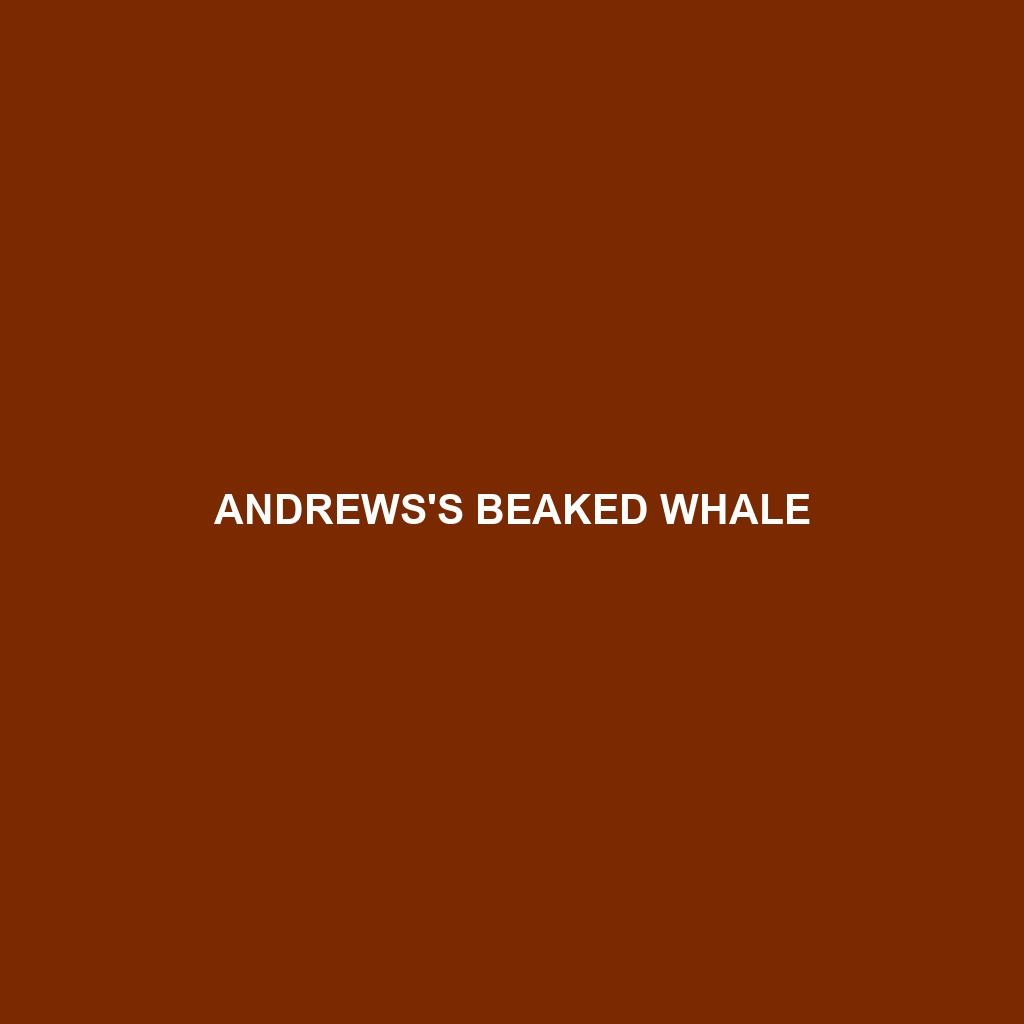Sowerby’s Beaked Whale (Scientific Name: Mesoplodon bidens)
Common Name: Sowerby’s Beaked Whale
Scientific Name: Mesoplodon bidens
Habitat
The Sowerby’s Beaked Whale is primarily found in the frigid waters of the North Atlantic Ocean. Its habitat ranges from the deep offshore environments of the eastern United States and Canada to northern Europe, particularly around Iceland and the British Isles. These whales prefer deep waters, often residing at depths of over 1,000 meters, where they can find their preferred prey.
Physical Characteristics
Adult Sowerby’s Beaked Whales can reach lengths of up to 5.5 meters (18 feet) and weigh between 1,000 to 1,500 kilograms (2,200 to 3,300 pounds). They exhibit a robust body shape with a distinctive elongated rostrum (beak) and a slightly curved dorsal fin. The coloration ranges from dark gray to brownish, often with lighter patches or scars due to interactions with other marine animals. Males are known for having two prominent tusks that emerge from the lower jaw, making them easily identifiable.
Behavior
Sowerby’s Beaked Whales are known for their elusive and deep-diving behavior, often reaching depths of 1,400 meters (4,593 feet) while foraging. They are typically solitary or found in small groups, and their calm surface presence can be deceptive as they are capable of staying submerged for over an hour. Vocalizations are common among Sowerby’s Beaked Whales and are believed to play an important role in their communication and hunting strategies.
Diet
The diet of the Sowerby’s Beaked Whale mainly consists of squid and deep-sea fish. They are opportunistic feeders and rely on echolocation to locate their prey in the dark depths of the ocean. Their specialized feeding habits allow them to catch swift-moving squids, making them efficient hunters in their deep-sea habitat.
Reproduction
Sowerby’s Beaked Whales have a relatively slow reproductive rate, with females giving birth to a single calf every 3 to 4 years. The breeding season is thought to occur in the late winter and early spring. At birth, calves are approximately 2.4 meters (7.9 feet) long and rely heavily on their mothers for nourishment and protection during their early life stages.
Conservation Status
According to the IUCN Red List, Sowerby’s Beaked Whale is classified as ‘Data Deficient’ due to insufficient data to assess their population status accurately. However, they are believed to be vulnerable to threats such as entanglement in fishing gear, ship strikes, and noise pollution, making conservation efforts crucial to their survival.
Interesting Facts
Despite their fascinating characteristics, Sowerby’s Beaked Whales are rarely observed due to their deep ocean habitat and elusive nature. They are known to have a lifespan of over 20 years, with some estimates suggesting they could live up to 30 years. Their unique beak and tusks make them one of the more distinctive beaked whale species.
Role in Ecosystem
Sowerby’s Beaked Whales play a crucial role in the deep-sea ecosystem as both predators and prey. By regulating the population of squid and fish, they contribute to the balance of marine food webs. Additionally, they serve as prey for larger marine animals, including orcas and larger sharks, thus forming an essential link in the marine ecosystem.
